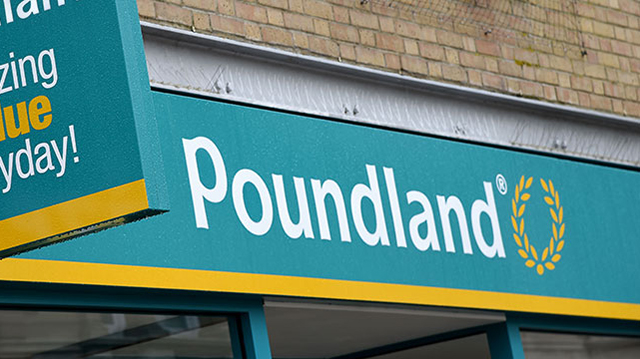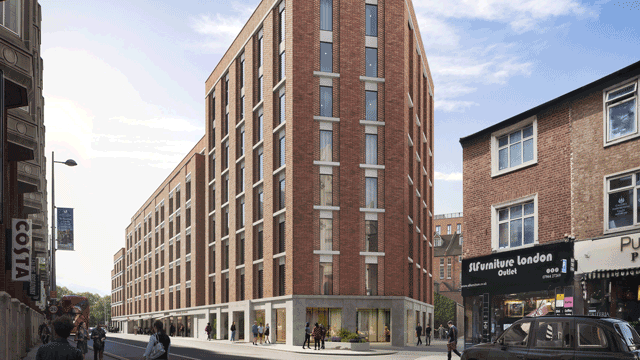COMMENT: I do not envisage a world anytime soon where a significant proportion of office-based work is done fully remotely. In fact, I think many of the recent statements by chief executives on the future of the office are largely overdone in this regard. But I do acknowledge that Covid-19 is likely to act as an accelerator of some trends.
In general terms, most office-based businesses have been able to achieve a reasonable level of business continuity through home working. What is far more challenging, however, is implementing any new initiatives to grow a business without being able to meet either colleagues or clients in person. The post-Covid-19 office is going to become increasingly focused towards supporting the latter.
If day-to-day functional desk-based work can be done remotely, making a journey into an office needs to add extra value. This is typically achieved through interactions. So the focus of the space provided will need to shift away from physical workspace, and more towards interactive and collaborative spaces, meeting rooms and company branding.
This will accelerate the polarisation to better-quality buildings which have these value-add attributes. The attraction of leasing bland and functional desk-based office units will have a decreasing relevance. And although we are uncertain on the future direction of the virus, we expect that even if a vaccine or treatment is found, the memory of the pandemic will maintain a focus on wellbeing features such as advanced heating, ventilation and air conditioning.
No extras, no occupiers
In a similar theme, we expect office locations that offer very limited value-add will struggle to maintain occupancy. Again, it is the issue that functional office locations, typically business parks or weaker secondary city locations, will offer very little to enhance the experience of coming into the office. Without that additional value, in terms of both amenities but also proximity to other companies and clients, the value of the workspace element of the office building will diminish.
It is not just proximity to amenities and clients that we think will polarise performance between central and suburban office space. The expected increase in flexible working could actually have more profound impacts on the residential market, particularly in London and the South East. The length of commute which an employee may be prepared to make if they are only required to be in the office on a few days of the week, rather than five, could increase significantly. So the radius that employees live away from the city centre should increase over time.
But the office needs to remain accessible for the days on which staff do commute into the office. Essentially this means being located close to the main central public transport hubs to enable the office to be accessible from the widest commutable locations. This gives the company the largest pool of talent to recruit from, and higher rates of retention. The challenge of non-central suburban locations is that while they are extremely convenient for staff living in that part of the city, it is the opposite for employees living elsewhere, and limits the capacity for further decentralised living to make the most of less frequent trips into the office.
A far cry from retail
Could offices become the “new retail”? In our view, no. Office buildings have proved to be far more adaptable to changing demand trends in the past than retail. When office markets become structurally oversupplied, conversion to alternative uses is often viable, particularly in undersupplied residential markets, which most major European cities are. Much of the oversupply built during the dot com boom was never fully utilised as office space, but has since been converted into alternative uses.
Even with rents falling, retail floorspace remains by some distance the highest capital value real estate. And this makes conversion of large-scale retail parks and shopping centres economically unviable in most situations. As e-commerce has eroded the volume of floorspace required, the oversupply has built up and it is going to be much harder for that structural vacancy to come down.
So even if we are too bullish on future office occupancy trends, and the growth in working from home accelerates a decline in net absorption of office space faster than we anticipate, with a city-centre strategy we remain comfortable as the residual land value of office buildings gives us a strong degree of comfort as we enter an uncertain environment.
Zachary Gauge is European real estate analyst at UBS Asset Management











